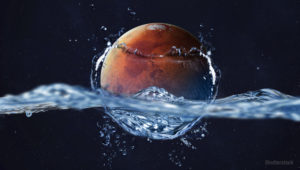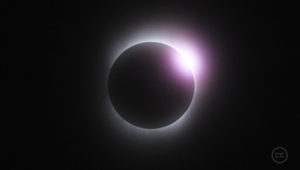Our planet: The Blue Marble

The Blue Marble
On 7th December, 1972, the crew members of Apollo 17 spacecraft took a photograph of the Earth. This photograph, known as The Blue Marble, gives a clear idea as to why we know Earth as the Blue Planet. The earth’s surface contains more than 70 per cent water distributed in the oceans.
Water molecules in the oceans absorb particular wavelengths of light, such as infrared, ultraviolet, and red light, more easily. As one moves deeper into the ocean, the water appears blue due the absence of red light. The depth of a water body determines the hue of its color. In a satellite image of the earth, one can see that the coastlines of continents have a greenish blue color whereas the middle of the ocean is dark blue.
The presence of water alone does not give this planet its color. There are several gases that fill Earth’s atmosphere. Blue light, having shorter wavelength, gets scattered due to the large amounts of oxygen and nitrogen present in the atmosphere.







